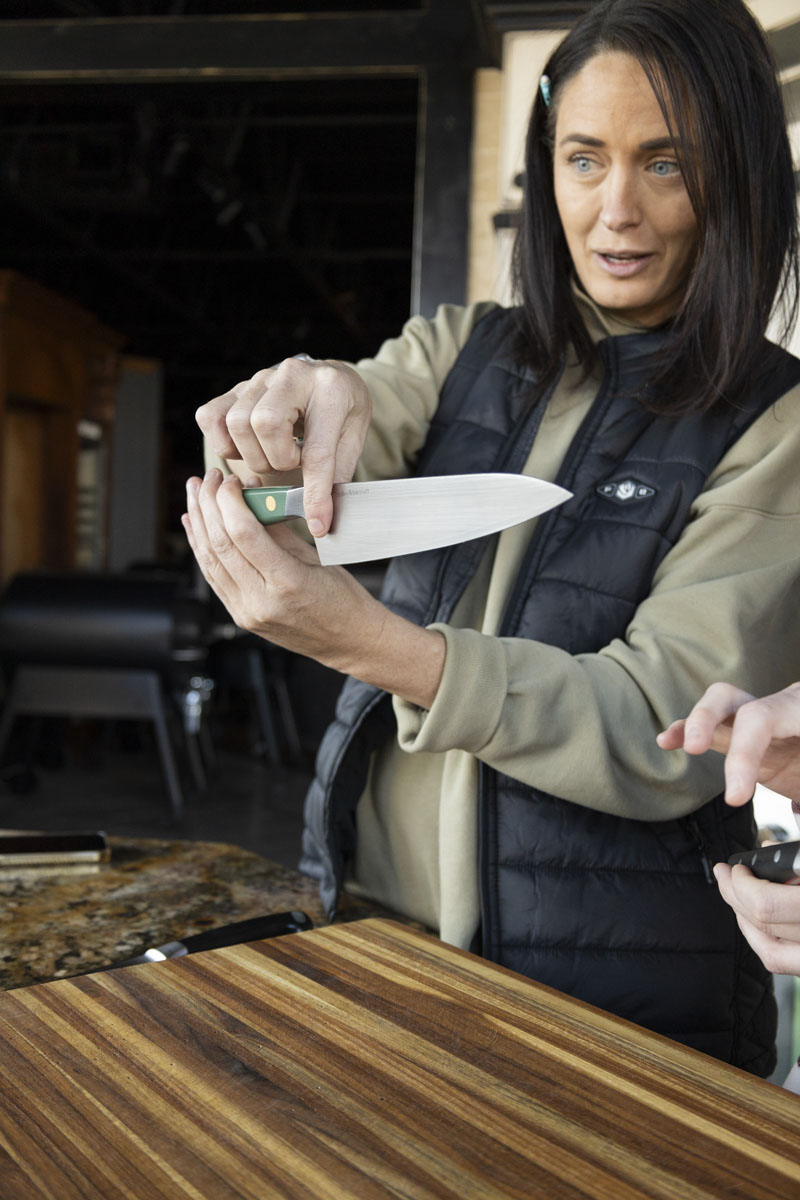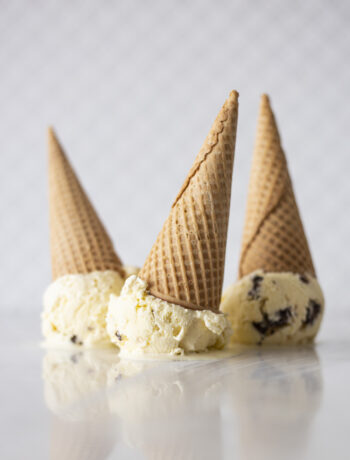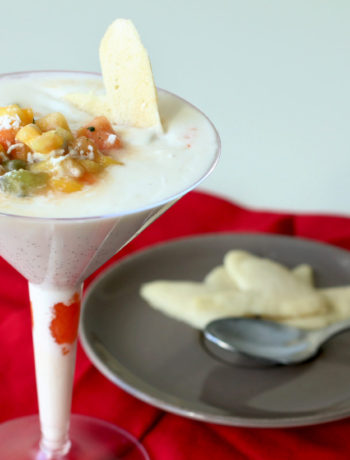When using a chef’s knife, proper technique isn’t just about cutting efficiently—it’s also about preventing injury and reducing hand fatigue. That way you can continue to chop and slice with comfort and confidence, meal after meal. For this chef’s knife grip technique, there are two key grips. First, the pinch grip on the knife. Second, the monkey hold on the meat or produce you are cutting. These two holds are essential for achieving precision, control, and safety. And in this post, we’ll break down how to use these grips correctly, and why they’re crucial for both beginners and seasoned chefs alike.
Why These Grips Matter for Safety and Efficiency
- Preventing Hand Fatigue: Both the pinch grip and the monkey hold help you avoid unnecessary muscle tension. By using your whole hand and arm to guide the knife, you reduce the strain on your fingers and wrists, making it easier to chop for longer periods without getting tired.
- Better Control and Precision: The pinch grip stabilizes the knife, allowing you to cut with more accuracy and less effort. When combined with the monkey hold, you gain total control over your ingredients, which translates into cleaner, more consistent cuts.
- Safety First: One of the biggest advantages of these grips is the added safety they provide. The pinch grip ensures your hand is further away from the blade, and the monkey hold protects your fingers by keeping them safely out of the way.
- Faster Chopping: Once you get the hang of these techniques, you’ll notice an improvement in your speed. With proper grip and form, your knife glides smoothly through the ingredients, helping you finish meal prep quicker.
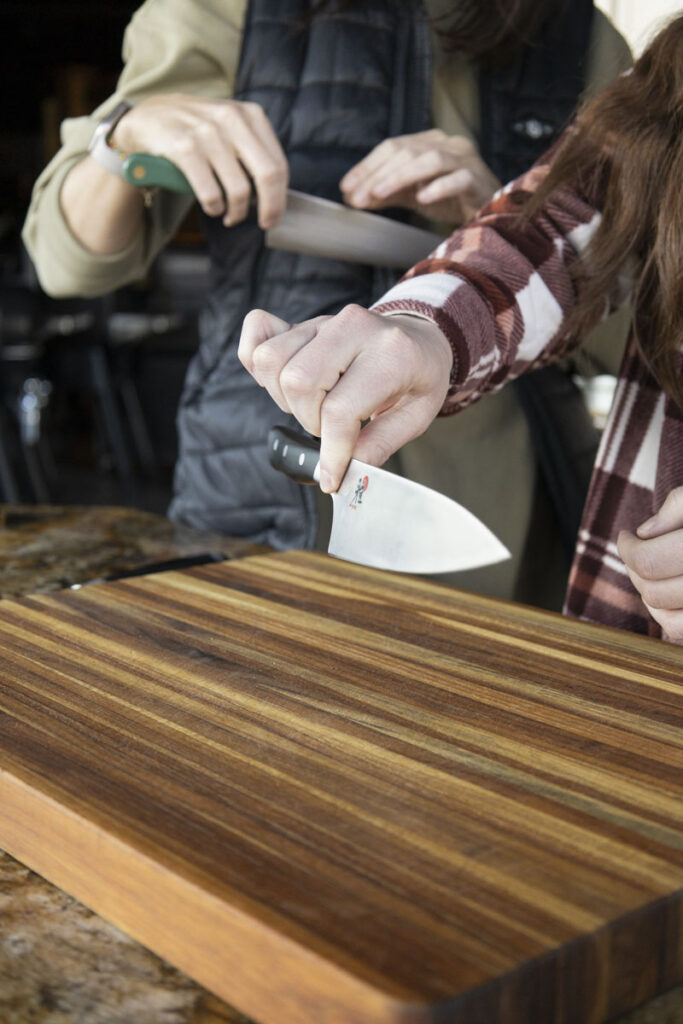
What is the Pinch Grip?
The pinch grip is the foundation for holding a chef’s knife properly. It’s the go-to technique for almost every type of cutting, offering maximum control and stability while minimizing fatigue. It might feel a bit off and uncomfortable at first, but with practice, you can relearn how to hold your chef’s knife. Here’s how you do it:
- Hold the Blade, Not the Handle: With the pinch grip, you hold the knife by pinching the blade itself between your thumb and the index finger. Place your thumb on one side of the blade, and your index finger on the other, around the metal spine of the knife. Do NOT use your index finger on the knife’s spine for strength or support!
- Gently Wrap Your Remaining Fingers Around the Handle: Your remaining fingers (middle, ring, and pinky) should naturally curl around the handle of the knife. This gives you a secure hold and extra control when guiding the blade through cuts.
- Let the Knife Work for You: With your grip firm but relaxed, the knife should feel like an extension of your arm. This grip allows for more precise cutting, reduces hand strain, and improves your speed as you chop.
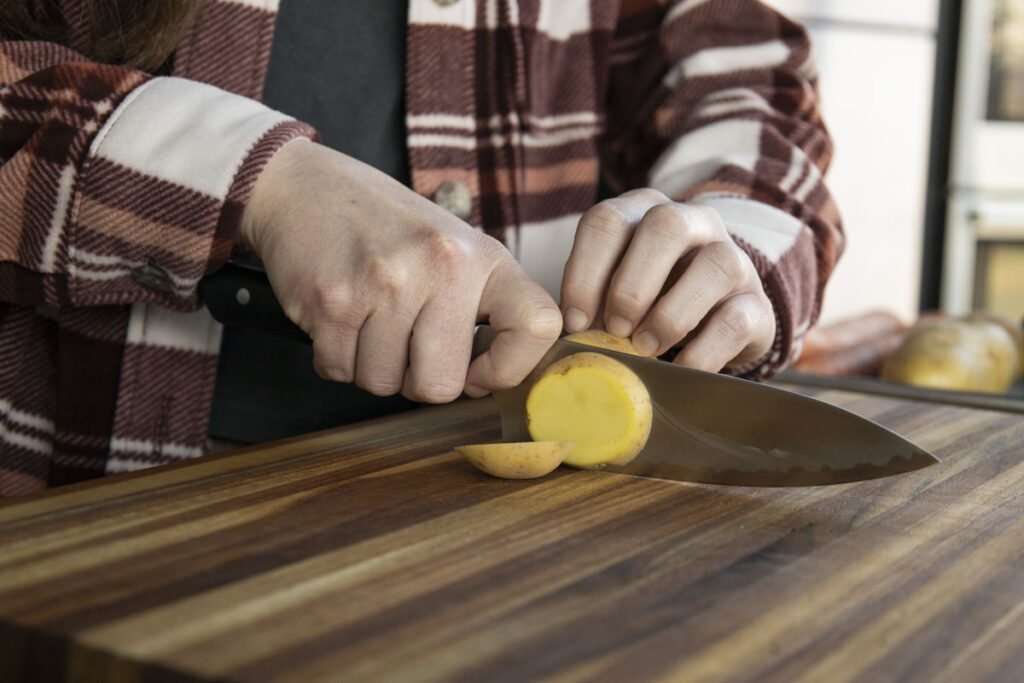
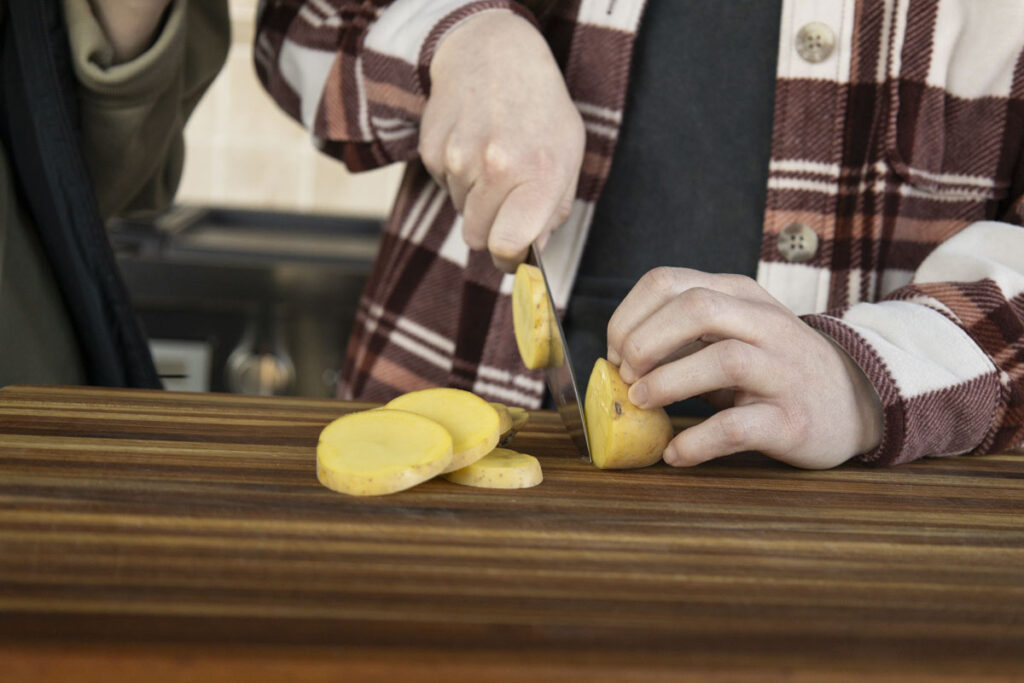
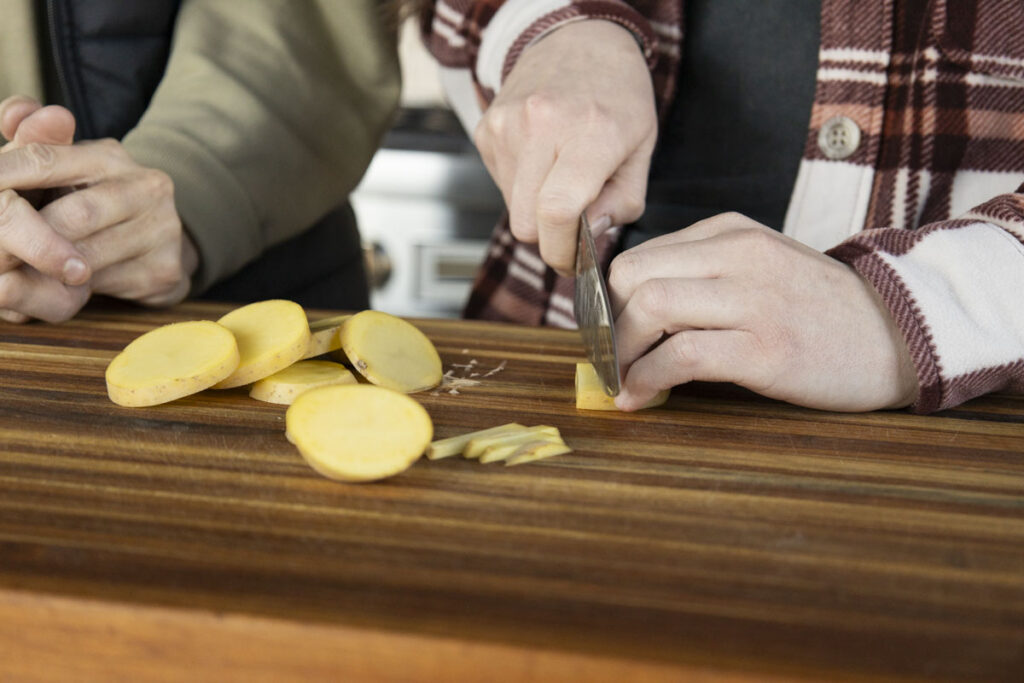
What is the Monkey Hold?
While the chef’s knife grip technique is great for controlling the knife, the monkey hold is a fantastic technique for holding your vegetables steady while you chop. This grip is essential for safety and precision, especially when slicing through soft or slippery items like tomatoes or cucumbers.
Here’s how to perform the monkey hold:
- Curl Your Fingers in a “Claw” Shape: Instead of keeping your fingers flat, curl them into a natural “claw” position. Your fingertips should be tucked slightly inward, with your knuckles sticking out. This will keep your fingers far away from the blade while giving you excellent control over the vegetable.
- Hold the Vegetable Firmly: Grip the vegetable with the “claw” hold, making sure it’s stable on your cutting surface. The curved shape of your hand ensures the knife blade can pass safely without touching your fingers.
- Keep the Knife Edge Close to Your Knuckles: As you chop, aim to guide the blade just beside your knuckles, not over them. Your knuckles act as a natural barrier, preventing accidental cuts. They also act as a guide for making those more precise cuts.
Tips for Mastering the Pinch Grip and Monkey Hold
- Practice Makes Perfect: If you’re new to these grips, start slow and pay attention to your technique. With practice, your hand will naturally form into these positions without thinking.
- Keep Your Knives Sharp: A sharp knife makes chopping safer and more efficient. Dull blades require more force, which can lead to accidents or excessive hand fatigue. Regularly sharpen your knives to keep them in top shape.
- Use a Comfortable Cutting Board: A sturdy, slip-resistant cutting board helps maintain control over your vegetables and keeps them in place while you chop.
Enhance Your Knife Skills for Better Cooking
By learning and mastering the pinch grip and monkey hold, you’ll be able to chop vegetables and other ingredients with more precision, safety, and speed. These grips might feel a bit awkward at first, but with practice, they’ll become second nature—and you’ll be able to work in the kitchen more comfortably and efficiently. Whether you’re preparing dinner for your family or working on your culinary skills, these simple techniques can make a huge difference in how you handle your chef’s knife.
Start practicing today, and you’ll notice the improvement in both your speed and confidence as you chop!

